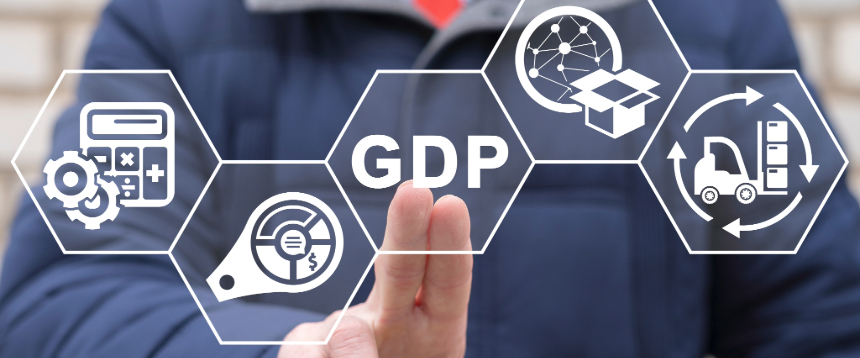
Logistics and supply chain world often uses the term GDP, which is actually a very important concept that ensures quality and safety in our business processes. So, what is GDP and why is it so important? Let's find easy answers to these questions.
What is GDP?
GDP is the abbreviation of the English phrase “Good Distribution Practice” and in Turkish, it means “İyi Dağıtım Uygulamaları”. In short, it is a set of rules established to maintain quality and safety standards throughout the distribution processes of products from production to end user. These practices are especially important in pharmaceutical transportation, food transportation and the distribution of other sensitive products. GDP covers standards set to ensure proper storage, transportation, and distribution of products. This way, the quality and safety of products are preserved until they reach consumers. Good Distribution Practices are necessary to minimize risks that may occur during the distribution process.
What is Distribution? How is it Related to GDP?
Simply put, it is the process of starting from the point where products are produced, then storing, transporting, and delivering them to the customer. The distribution process is critical to ensure that products reach the customer correctly and on time. However, doing distribution well, meaning in accordance with GDP standards, is even more important. GDP stands for "Good Distribution Practice". These standards play a significant role in maintaining product quality and ensuring user health. Incorrect distribution can damage product quality, threaten user health, and undermine brand trust.
How to Comply with GDP Standards?
Review your existing logistics processes and identify potential deficiencies. This is the first step to comply with GDP standards. While reviewing your processes, evaluate whether each stage meets the requirements. Educate your employees about GDP standards; this is one of the fundamental pillars of the compliance process. Organize training programs to help employees understand their responsibilities and points they need to pay attention to. Improve storage and transportation conditions to protect product quality. Also, establish monitoring systems and track how products are managed at each stage. Record all processes and conduct regular inspections to identify deficiencies. Monitor performance and improve your processes based on feedback. Taking advantage of improvement opportunities plays an important role in achieving GDP compliance. Continuous development not only fulfills legal requirements but also increases customer satisfaction.
What is GDP from an Economic Perspective?
GDP is not just about the safe transportation of products; it is also a very critical concept economically. As an important indicator of economic growth and prosperity, GDP expresses the total value of all goods and services produced by a country in a specific period. A high GDP generally indicates strong economic performance, while a low GDP can be a sign of economic difficulties and stagnation. Quality and reliable distribution reduce returns, prevent waste, and increase customer satisfaction. It allows companies to operate more efficiently at lower costs. So, if you ask what GDP is from an economic perspective; correct distribution practices mean the company uses its resources in the best way and increases profitability.
The Place of GDP in Our Lives
GDP, or Good Distribution Practices, is becoming increasingly important in our lives. GDP standards are especially a legal requirement in the health sector. Because the incorrect transportation of sensitive substances like medicines and medical products can cause the product to lose its effectiveness and threaten user health. Companies not only comply with legal regulations but also strictly adhere to GDP practices to protect their brand reputation and customer trust. Improving the quality of healthcare services, ensuring patient satisfaction, and contributing to the overall efficiency of the healthcare system.
Points to Consider in GDP Practices
To implement good distribution practices, a few basic points need attention:
- Proper Storage Conditions: Ensure an appropriate environment to prevent effects of factors like temperature, humidity, and light on products.
- Tracking and Recording Systems: Monitor and record each stage of shipments. This allows quick detection of possible issues.
- Trained Personnel: Everyone involved in the distribution process must have knowledge of GDP.
- Secure and Timely Delivery: Products should reach the recipient on time and in a secure manner.
You might be interested in: What You Need to Know About Supply Chain



